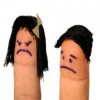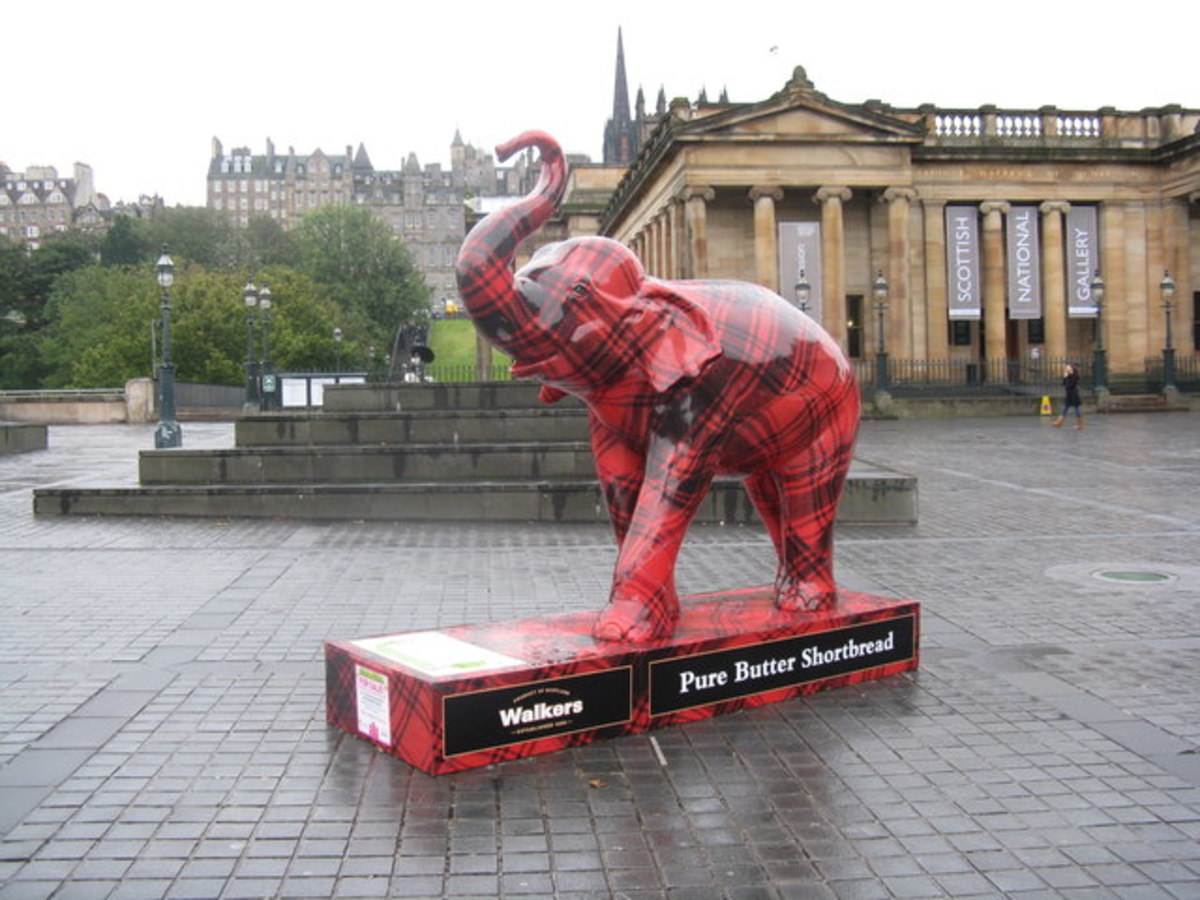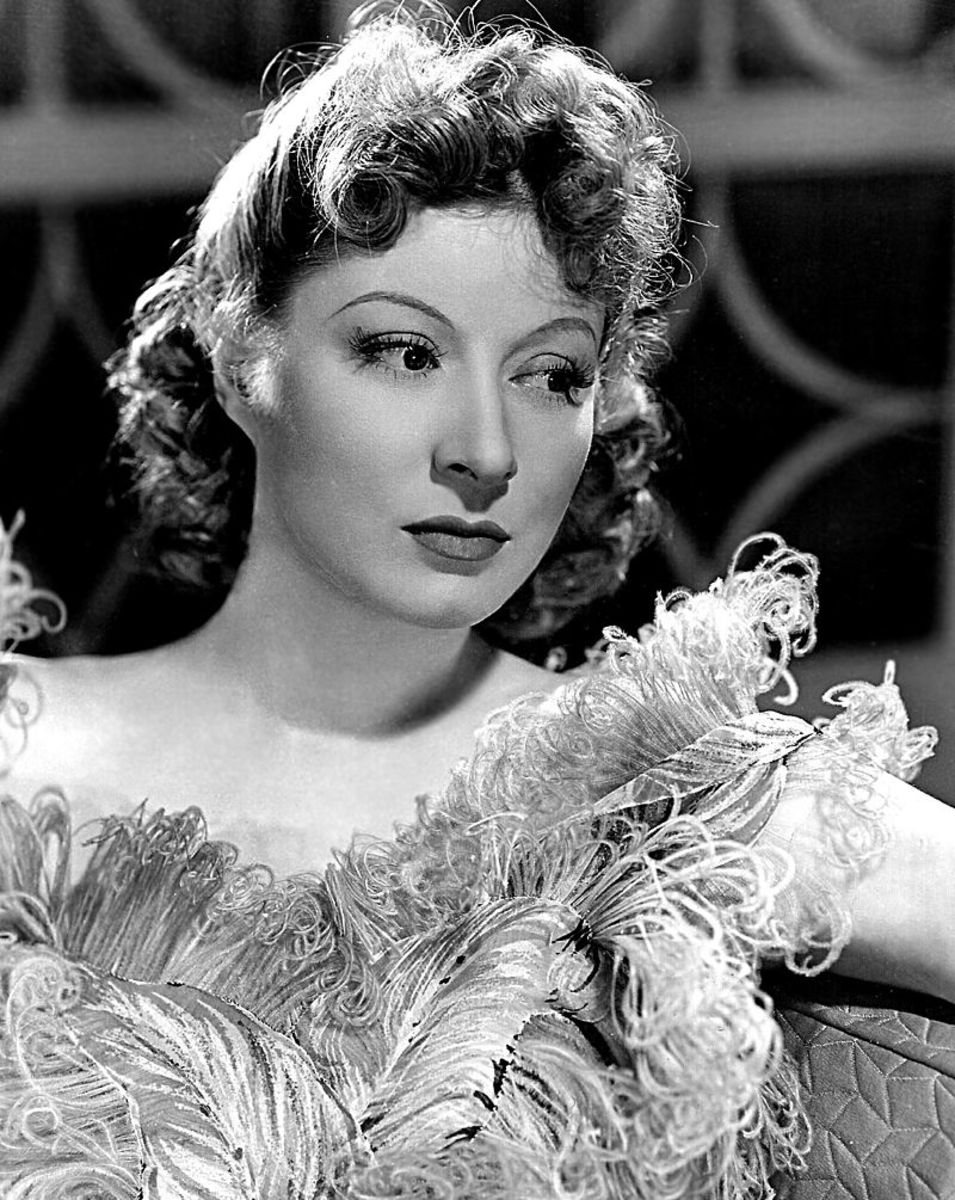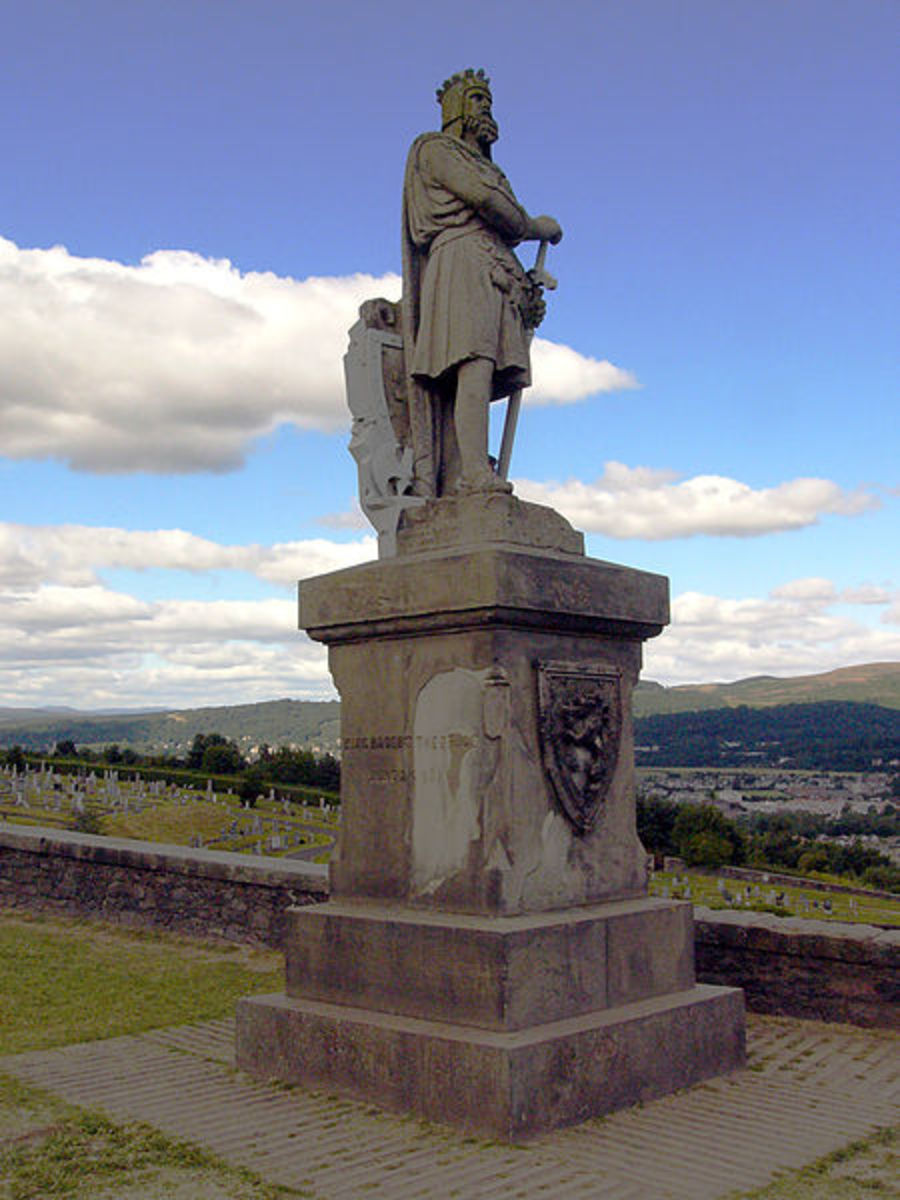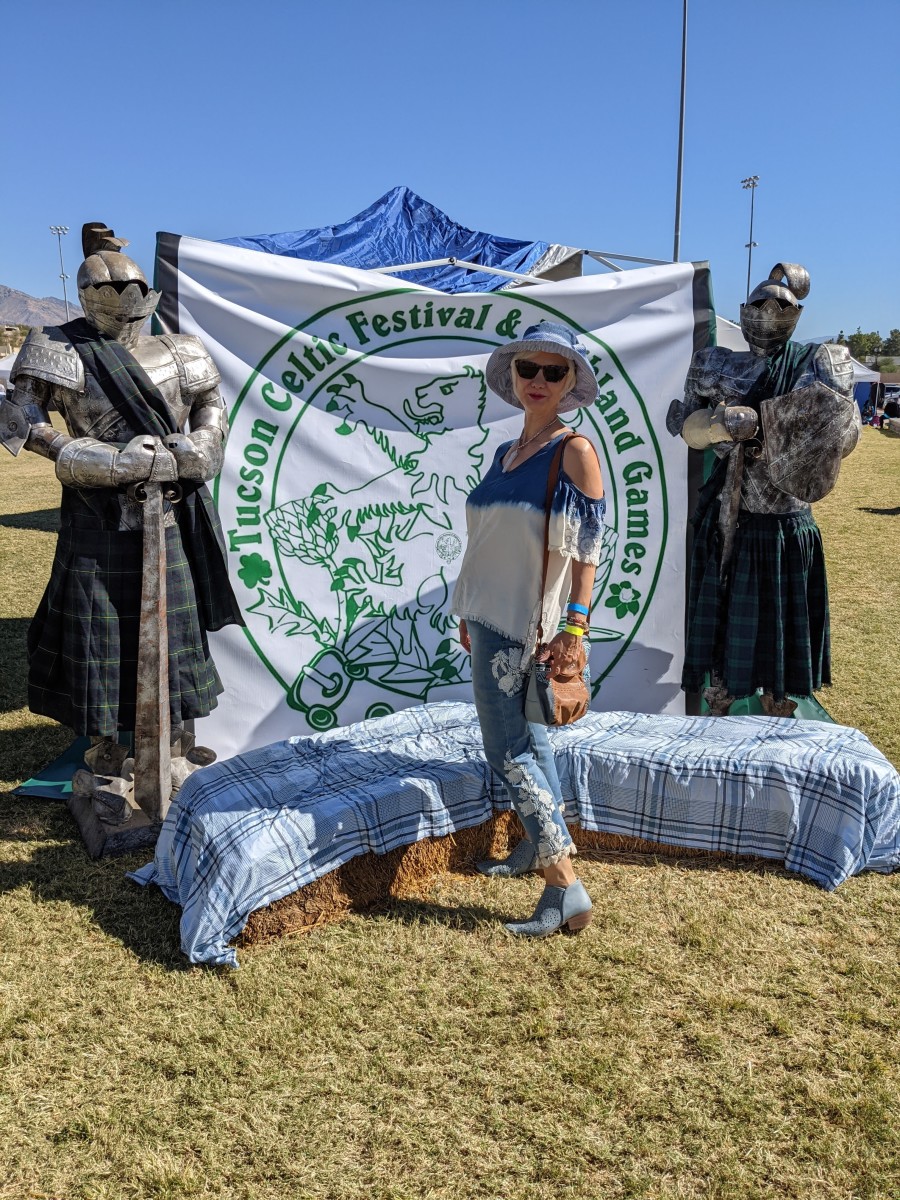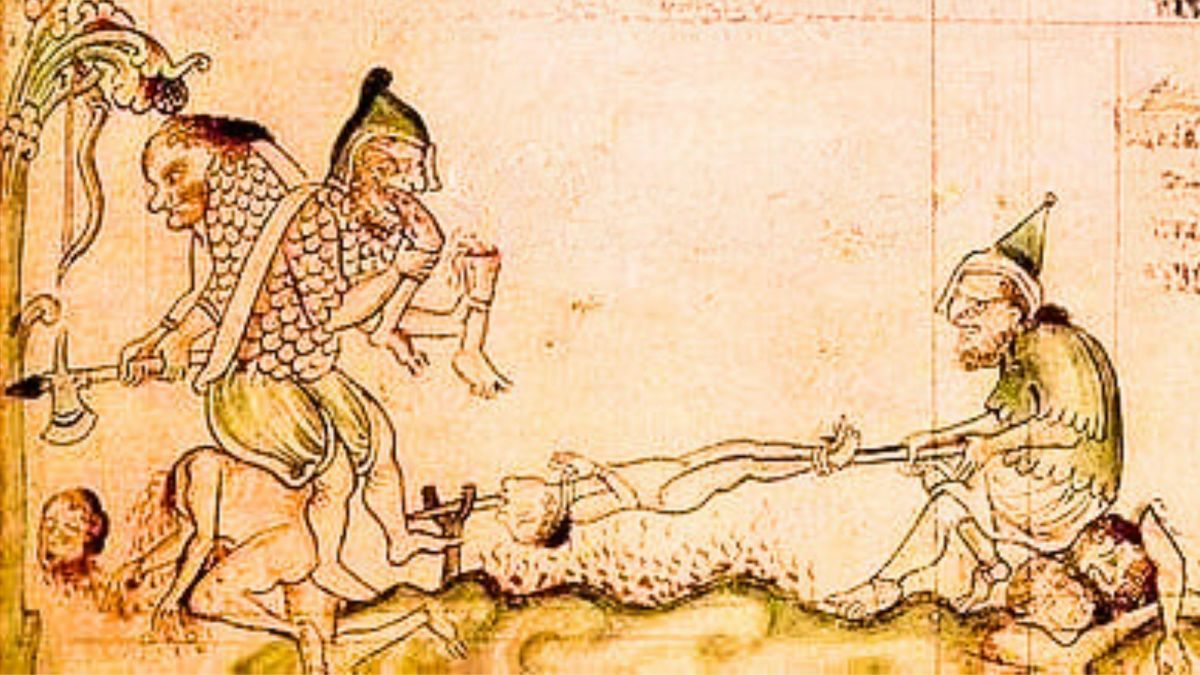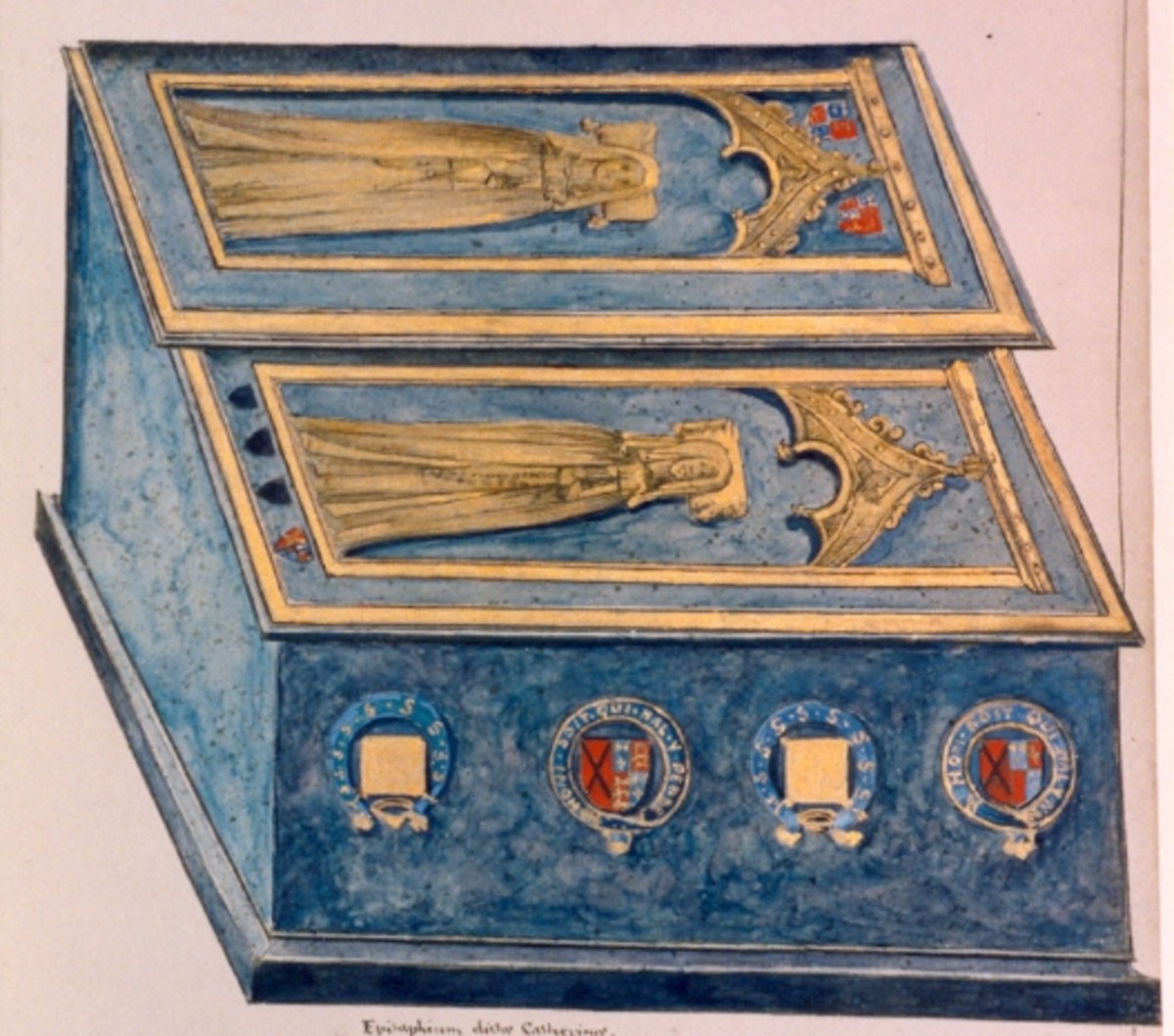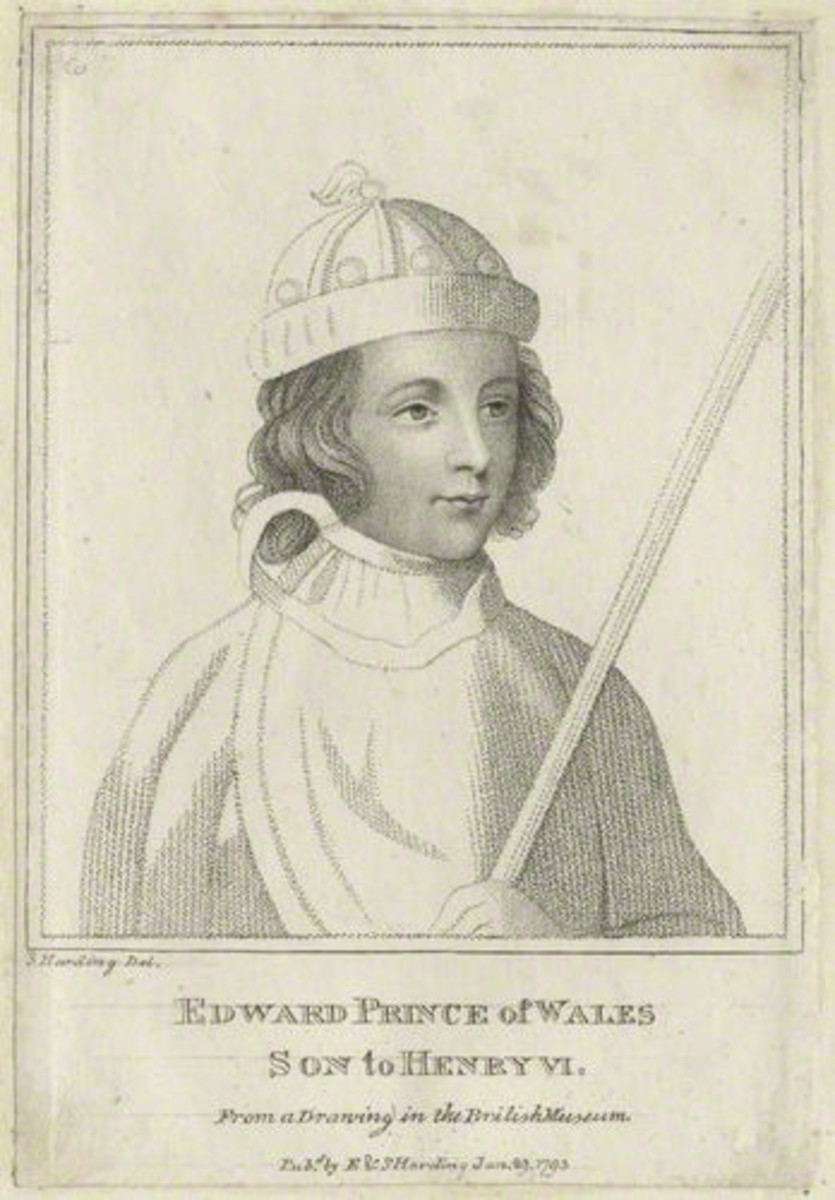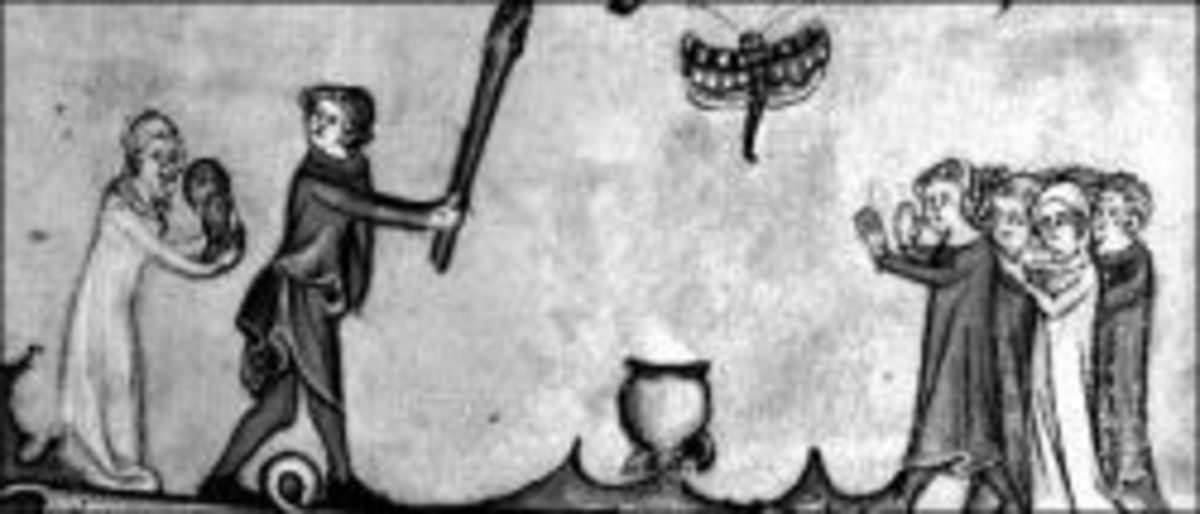Tartan’s Role in Scottish Heritage
Tartan is the name for a woolen cloth woven in a pattern of crossbars.
It is a sturdy woolen or worsted cloth in which three or more colors
are woven into a plaid design.
The design is made by alternating
stripes, some narrow and others wider, of the various colors in both
the warp and weft of the fabric, so that the stripes cross one another
at right angles.
These bars are of a certain width and color for
each pattern of tartan, and are the same in both directions. A
distinctive pattern for tartan is called a sett.
The "sett" or
unit of design formed by the crossing bands of color, is repeated in a
definite sequence throughout the tartan. Tartan colors are generally
clear bright yellows, reds, blues, and greens combined with black and
white. The weave may be a plain weave or a twill weave that gives a
diagonal effect.
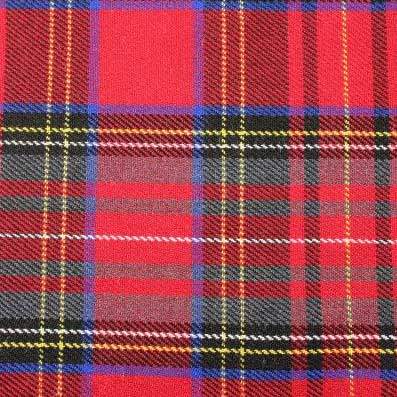
The different setts of tartan get their names from the clans. In ancient days in the Scottish Highlands, life was organized into clans. The people living in a certain district put themselves under the leadership of a chief for protection. The title of chief remained in the same family, and the name of the chief's family became the name of the clan.
Clan tartans are still widely used by Scots in and out of Scotland, especially on traditional or formal occasions, and tartan is used for the uniforms of Highland military regiments. Tartan trousers, or trews, are sometimes worn for everyday use in Scotland, topped by an ordinary wool jacket. Socks knitted in diamond-shaped designs, generally called argyles, after a branch of the Campbell tribe, imitate tartan colors and patterns. Besides the ancient clan tartans, new tartan designs have been invented and produced in many kinds of textiles, including cotton, silk, and synthetics. Tartan-patterned textiles are popular in many countries and are used to make products ranging from clothes to luggage.
Tartan is sometimes called Scotch plaid, or simply plaid, but properly the plaid is a shawl-like garment made of tartan, rather than the textile itself. Plaid is a word of Scotch Gaelic origin and means a shawl or scarf. Tartan comes from the French tiretaine, which was a rugged fabric woven of linen and wool.
Tartans have been used in many different parts of the world, but they are most closely associated with the Scottish Highlands, where each clan took a particular tartan for its distinguishing dress. For instance, only those persons of the clan Macgregor, were entitled to wear the Macgregor tartan, made up of a red ground, wide and narrow cross stripes of green, and an over-check of white with black edging.
The Highlanders made their clothing from the wool of sheep which grazed on the hillsides. This wool was colored with native vegetable dyes and was woven into garments.
Gradually the different clans began to adopt certain colors and patterns to set themselves apart. Since these clans frequently waged war on each other, their tartans served as a uniform, and showed membership in a special clan.
In time, other types of tartans developed. A hunting tartan was adopted to have suitable colors for blending with the countryside. District tartans were worn by people who didn't belong to any clan. The clergy developed its own sett.
It is uncertain when the Scots began to use tartans, but the first reports of the fabric were brought back by 16th-century visitors to Scotland. At that time the tartan was used to make the filleadh mor, or great kilt, which served as both skirt and shawl. The great kilt required a piece of tartan about 6 yards long and 2 yards wide. The width of the tartan was folded into pleats and wrapped around the body in a skirt that reached from waist to knees. A leather belt secured it at the waist. The large portion of the 6-yard length that hung free above the belt was gathered up and draped over the left shoulder to form a shawl, or plaid. The wearer of the great kilt could pull the plaid over his head as protection in stormy weather, and at night he could unloose the entire garment and roll up in it as if it were a blanket.
Before the eighteenth century, a tartan was worn as a garment about five feet wide and six yards long. It was worn with the lower half draped around the waist and held by a belt. The upper half was draped over the belt, brought around to the back, and fastened at the left shoulder with a pin. Later, this garment was cut into two pieces. The lower half became the kilt, and the upper half the plaid. Plaid, by the way, does not mean tartan, it refers to a garment worn like a shawl.
Virtually all Scotsmen wore the great kilt, usually with a tight jacket of tartan or velvet under the plaid. With it they wore knee-length socks cut on the bias from the same tartan cloth, shaped to the leg, and seamed. Some wealthier Scotsmen wore tight trews, made of bias-cut tartan extending from waist to foot, when they rode horseback or in very cold weather.
Early in the 18th century, Highlanders began to find it more convenient to cut the cumbersome great kilt into two separate garments, a skirt called the filleadh beg, or little kilt, and a shawl, or plaid.
The Act of Union of 1707, which ended Scotland's political independence, aroused such nationalist feelings that the Lowland Scots, as well as Highland Scots, defiantly wore the tartan as a patriotic symbol. After a Scottish rebellion against the union in 1745 the British king, George II, prohibited the wearing of tartan garments on pain of being transported to the colonies. The act was finally repealed in 1782. There followed a revival of interest in the ancient clan tartans, partly as a result of the romantic Highland novels of Sir Walter Scott. In 1822 the British king, George IV, appeared at a reception wearing a kilt of the Stewart tartan.
In 1739 the first Highland regiment, the famous Black Watch, was organized, and the kilt of the regimental uniform was made of the black, blue, and green Black Watch tartan. The many Highland regiments raised since then have retained the kilt in a distinctive regimental tartan. During World War I, German soldiers who fought against the 51st Highland Division nicknamed the kilted Highlanders "the Ladies from Hell" because of their fierce fighting.
To crush the Scottish national spirit, the English Parliament passed laws in 1746 abolishing the clan system, prohibiting the playing of bagpipes and the wearing of kilts and tartans. These laws were repealed in 1782, and after that the kilt and the wearing of the tartan came back into fashion among the Scots. But now it has become a national costume, and is kept for special occasions.
This content is accurate and true to the best of the author’s knowledge and is not meant to substitute for formal and individualized advice from a qualified professional.
© 2009 Bits-n-Pieces
